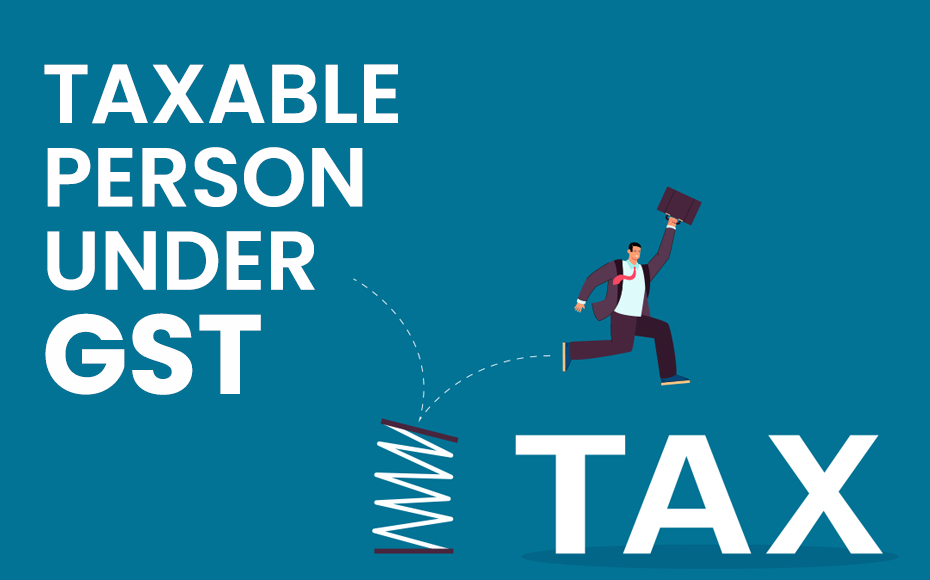

January 25, 2021

GSTR1 is a return which shows all sales transactions of a business. It includes the details of all sales supplies. Detailed summary of all sales is the clear definition for the question What is GSTR 1?
Using given user ID and password, supplier need to login to the GSTN portal. Following are the steps to file GSTR 1:
Every registered person should file GSTR 1 irrespective of whether there are any transactions occurred. Following people are excluded from filing the GSTR 1:
Following are the factors required for filing GSTR 1:
A detail knowledge about how to file GSTR 1 is required for the supplier to file GSTR 1 properly.
The GSTR 1 format consists of a variety of information such as the taxpayer's sales and outward supplies. The GSTR-1 filing form consists of 13 tables in which the details of the supplies is needed to be filled by the person who runs the business. The GSTR 1 form filing is a mandatory return form under GST.
Table 1, 2 & 3: Details of GSTIN, legal and trade names and aggregate turnover in the previous year.
Table 4: Taxable outward supplies made to registered persons (including UIN-holders) avoiding zero-rated supplies and deemed exports.
Table 5: Taxable outward inter-State supplies to un-registered persons where the invoice value is more than INR 2.5 Lakh.
Table 6: Details of zero rate supplies and deemed exports.
Table 7: Details of taxable supplies (net of debit notes and credit notes) to unregistered persons other than the supplies covered in table 5.
Table 8: Details of nil rated, exempted and non-GST outward supplies.
Table 9: Details of debit notes, credit notes, refund vouchers issued during the current period and any amendments to taxable outward supply details furnished in the GSTR-1 returns for earlier tax periods in table 4, 5 & 6.
Table 10: Details of debit note and credit note issued to unregistered person.
Table 11: Details of advances received/advance adjusted in the current tax period or amendments of information furnished in the earlier tax period.
Table 12: HSN wise summary of outward supplies.
Table 13: Documents issued during the tax period.
GSTR 1 due date is based on turnovers. GSTR 1 of a particular month should be filed on or before 10th day of the immediately succeeding month. The tax period of businesses with sales of up to Rs.1.5 crore is from January 2021 to March 2021 and its due date is 13th April 2021. Businesses with sales of turnover more than 1.5 crore tax period is January 2021 and its due date is 11th February 2021.
Taxpayers with an annual turnover less than Rs 1.5 crore should file their GSTR 1 on a quarterly basis and Taxpayers with an annual turnover less than Rs 1.5 crore should file their GSTR 1 on a monthly basis.
If a mistake is made in GSTR 1 of January 2021, correction for the same can be done in the GSTR 1 of February 2021. A return once filed cannot be revised.
As per the GST law, a late fee for not filing GSTR-1 is Rs. 200 per day of delay. The GSTR 1 late fee will be charged from the date after the due date. However, as per the latest notifications, the late fees have been reduced to Rs 50 per day and Rs 20 per day.
The 42nd GST council meeting was held on 05 October 2020. One of the important update of the meeting is that effective from 1st January 2021, small taxpayers with turnover less than Rs 5 crore, can file quarterly GSTR-3B and GSTR-1. The due date of furnishing quarterly GSTR-1 will be the 13th of the month succeeding the quarter; this is effective from 01.1.2021. However, taxpayers can upload invoices every month. Hence, the number of returns have been reduced to 8 from 24.
In short we can conclude that if the GSTR 1 is not registered properly it will impact on the trustworthiness of one’s business. The person should properly file GSTR 1 and its avoidance may lead to many future complexities.




